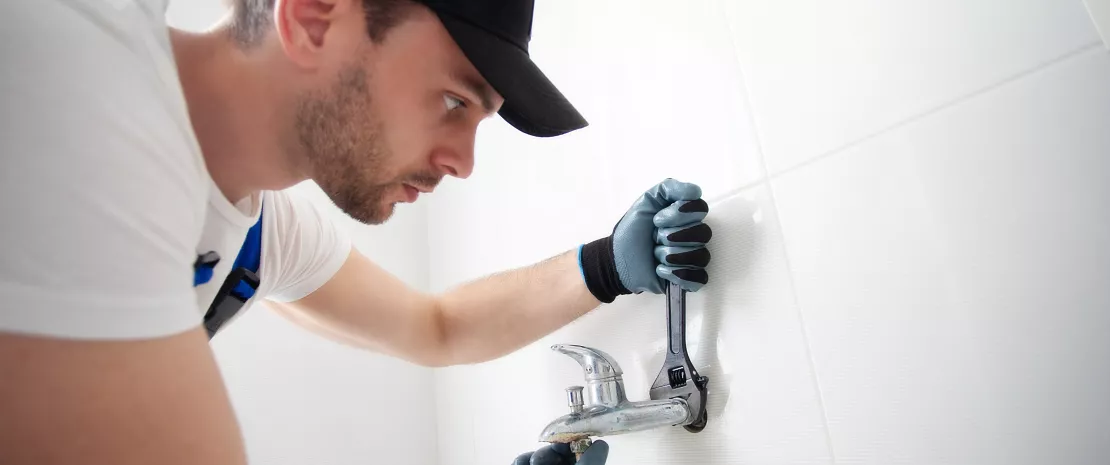Groundbreaking study: every home has unique water microbiome
A team of researchers has recently shown that tap water microbiota has a unique signature in every home. However, the concomitant presence of pathogenic bacteria and antibiotic resistance genes raises questions...
- Learn all about microbiota
- Microbiota and related conditions
- Act on your microbiota
- Publications
- About the Institute
Healthcare professionals section
Find here your dedicated section
Sources
This article is based on scientific information

About this article
Is the water from your kitchen sink the same as that from your shower or next door? Is it always safe to drink? Apparently not!
Even water hosts diverse microbial communities. These microbiomes differ significantly and are associated with health risks. But that’s not all: according to a new study 1 published in Nature, they share antibiotic resistance mechanisms.
Microorganisms: key for human health
Few studies on water quality, straight from the tap
The vast majority of microorganisms present in drinking water usually pose no threat to human health. As an integral part of our exposome, they may even contribute to the balance of our gut microbiota. But drinking water can also contain antimicrobial resistance genes (its “resistome”) and pathogenic microorganisms.
Although the quality of drinking water in distribution networks is closely monitored at municipal level, little is known about the water that arrives at taps inside the home. Certain specific factors (reduced pipe diameter, higher temperatures, nocturnal stagnation, type of water heater, etc.) may influence the bacterial communities present in this water.
Drinking water, a source of life... and microorganisms
To better understand these characteristics, researchers recruited residents from 11 households in St. Louis, Missouri (United States). They were asked to collect water from their kitchen and shower taps for a week so that variations – particularly day-to-day variations – in microbiota and the resistome could be examined.
Resistance gene transfer, a time bomb
The bacterial analysis of tap water has identified a strain called Pseudoxanthomonas mexicana that carries a gene coding for resistance to beta-lactam antibiotics. This bacterium caught the authors’ attention since several studies suggest that beta-lactam-resistant Pseudomonas aeruginosa, a widespread pathogenic bacterium implicated in hospital-acquired infections, may have acquired its resistance gene from... Pseudoxanthomonas mexicana. According to the researchers, there is a significant risk that consuming drinking water contaminated with Pseudoxanthomonas mexicana will lead to the transfer of the resistance gene to bacteria in the human microbiota.
This study sheds light on the importance of our exposome and reveals the existence of unique microbiota in domestic water. While a better understanding of this opens up the prospect of safer water, larger-scale research is needed at this stage.
Major findings to consider
Surprisingly, the results of the analyses indicated that the water in each household has a unique microbial signature differing from other households. Furthermore, the microbiome of kitchen water differs from that of the shower.
50% A bacterium responsible for skin infections was present in 50% of households
The researchers also noted the presence of various pathogenic microorganisms, particularly in shower water. For example, Mycobacterium chelonae, a bacterium responsible for skin infections, was present in 50% of households.
However, what most caught the researchers’ attention was the presence of antimicrobial resistance genes, whose profile was this time similar from one household to the next. They found 162 of such genes, some of which could confer resistance to aztreonam and meropenem, two major antibiotics used to treat recurring infections.
The scientists consider it essential to improve monitoring of the resistome at household level but also to improve monitoring of pathogenic microorganisms. There is a significant risk that resistance genes will be transferred to water pathogens and to the bacteria in our microbiota.











